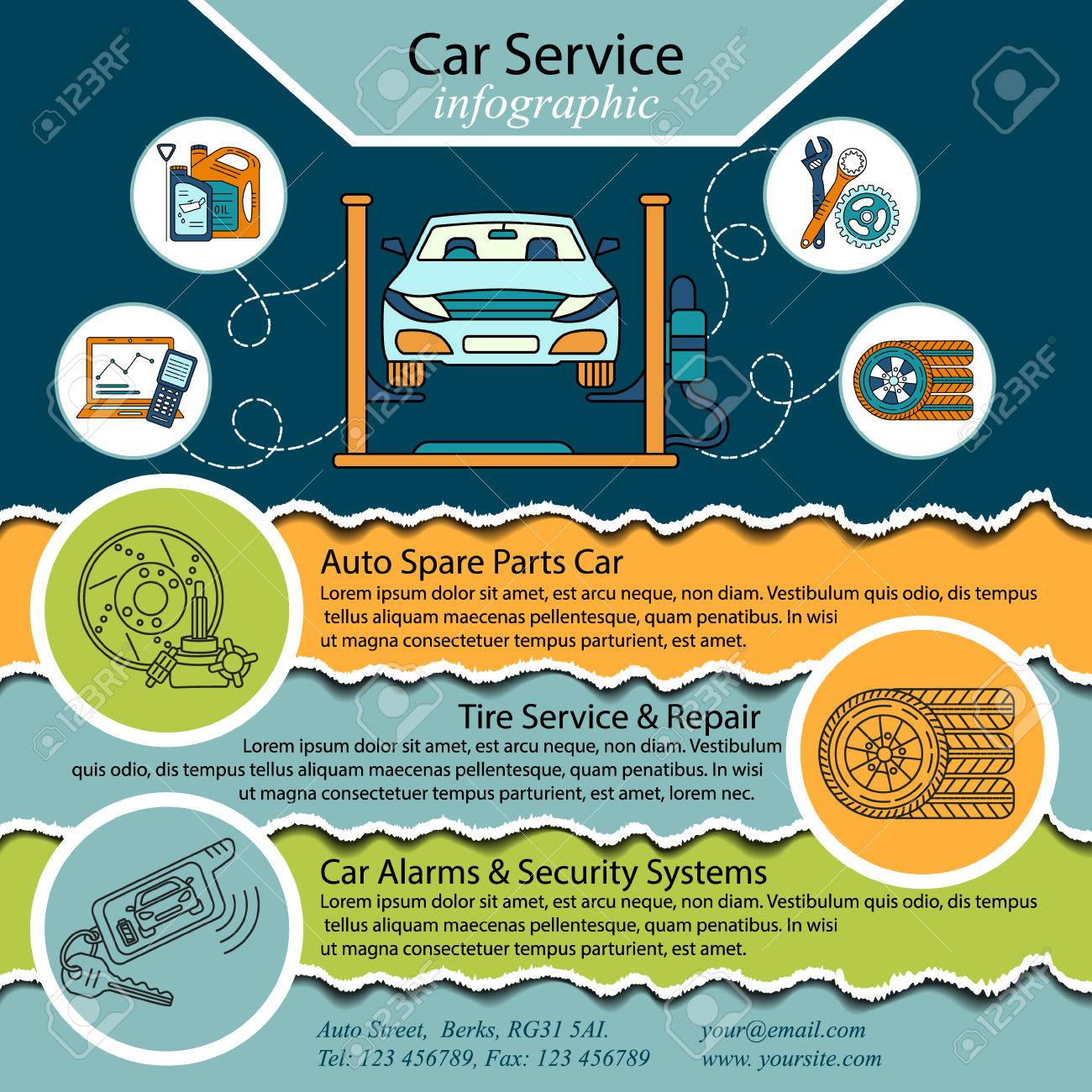Realizing The Value Of Your Vehicle'S Warning Signals: What They Actually Stand For
Realizing The Value Of Your Vehicle'S Warning Signals: What They Actually Stand For
Blog Article
Web Content Written By-Lauritsen Stark
When you lag the wheel, those beautiful caution lights on your control panel can be a bit difficult. Do you understand what they're attempting to inform you about your cars and truck's health? Understanding the importance of these lights is important for your safety and security and the long life of your lorry. So, the following time among those lights appears, wouldn't you wish to understand its message properly and take the essential steps to address it?
Common Caution Lighting and Interpretations
Recognize typical caution lights in your auto and comprehend their meanings to ensure risk-free driving.
The most normal caution lights consist of the check engine light, which signals concerns with the engine or discharges system. If please click the next website page begins, it's vital to have your vehicle inspected without delay.
The oil stress cautioning light indicates low oil pressure, calling for instant interest to prevent engine damage.
https://front-brakes-and-rotors28495.techionblog.com/29978817/boost-your-car-describing-knowledge-with-seasonal-suggestions-to-ensure-your-lorry-stays-dazzling-and-guarded-find-out-exactly-how-to-address-the-distinctive-challenges-each-season-presents blinking battery light might recommend a malfunctioning billing system, potentially leaving you stranded otherwise addressed.
The tire pressure surveillance system (TPMS) light alerts you to low tire stress, impacting vehicle security and gas performance. Disregarding this could result in harmful driving problems.
The abdominal muscle light suggests an issue with the anti-lock braking system, compromising your ability to quit rapidly in emergencies.
Last but not least, the coolant temperature level warning light warns of engine overheating, which can result in extreme damage otherwise resolved swiftly.
Comprehending these usual warning lights will certainly aid you attend to problems without delay and maintain secure driving conditions.
Relevance of Prompt Interest
Understanding the usual caution lights in your auto is only the initial step; the value of promptly resolving these cautions can't be emphasized sufficient to ensure your security when traveling.
When a caution light brightens on your dashboard, it's your car's method of communicating a potential problem that needs interest. Disregarding these cautions can result in a lot more extreme troubles down the road, endangering your safety and security and possibly costing you extra in repairs.
Trigger interest to alerting lights can protect against malfunctions and mishaps. For instance, a flashing check engine light can indicate a misfire that, if left ignored, might create damage to the catalytic converter. Addressing this quickly can conserve you from a costly repair service.
In https://carecutuning96273.blogsuperapp.com/30453623/the-all-inclusive-guide-to-auto-outlining-materials-important-tips-for-each-novice , a brake system warning light might indicate reduced brake liquid or worn brake pads, vital elements for your safety and security when driving.
DIY Troubleshooting Tips
If you observe a warning light on your control panel, there are a few DIY repairing suggestions you can attempt before looking for professional assistance.
The first step is to consult your auto's handbook to recognize what the certain caution light suggests. Sometimes the concern can be as simple as a loosened gas cap setting off the check engine light. Tightening up the gas cap may settle the problem.
An additional common problem is a low battery, which can cause different cautioning lights. Checking the battery links for rust and guaranteeing they're protected could repair the problem.
If a caution light persists, you can try resetting it by detaching the vehicle's battery for a few mins and then reconnecting it. Additionally, inspecting your vehicle's liquid levels, such as oil, coolant, and brake liquid, can help repair cautioning lights connected to these systems.
Conclusion
In conclusion, understanding your cars and truck's warning lights is necessary for maintaining your car running smoothly and securely. By promptly dealing with these notifies and recognizing what they mean, you can stay clear of pricey repairs and possible failures.
Keep in mind to consult your cars and truck's handbook for specific details on each advising light and act accordingly to ensure a trouble-free driving experience.
Keep notified, stay secure when traveling!
